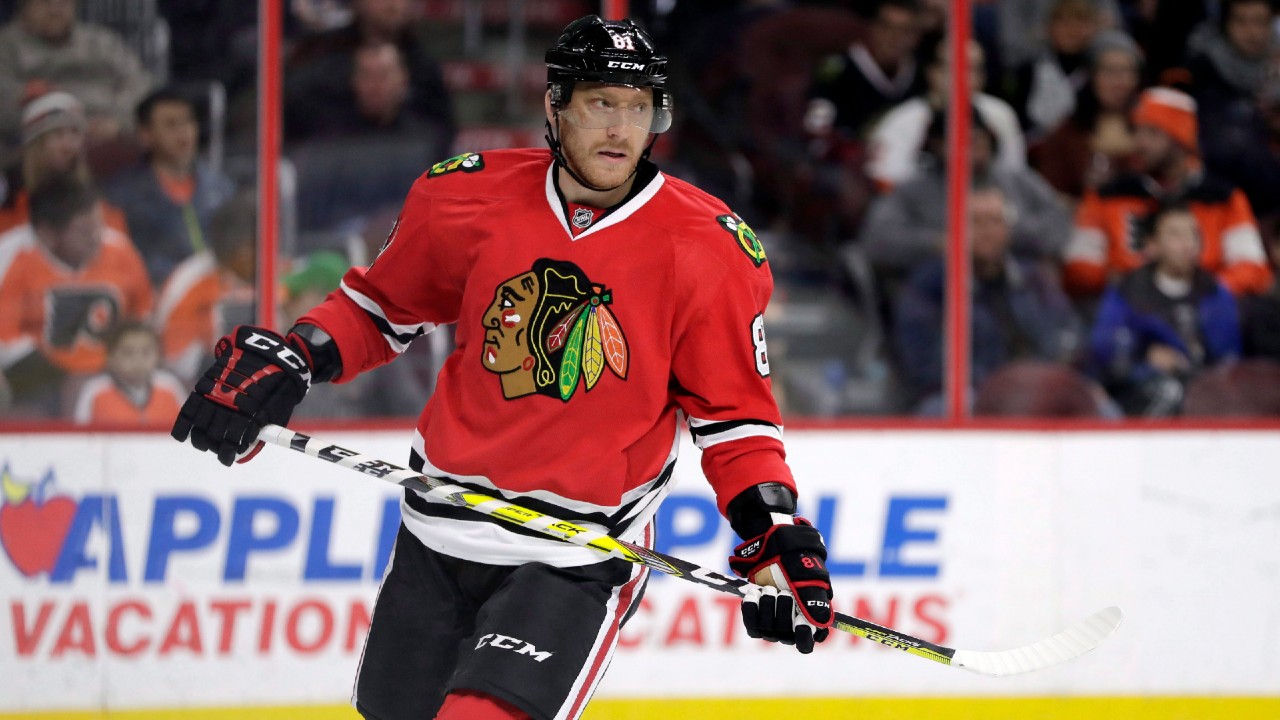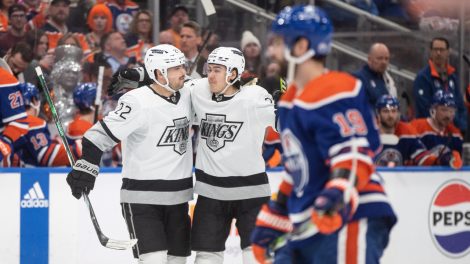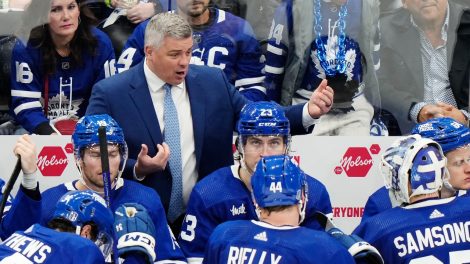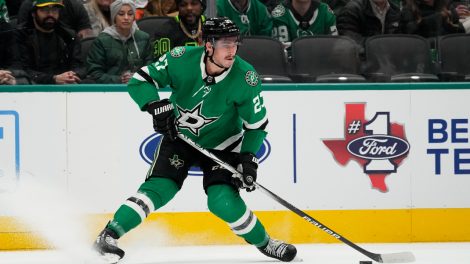It’s Analytics Mailbag time and you know the drill. If there are questions that need longer answers, they might end up with their own entire article.
Today’s edition includes questions about the Hockey Hall of Fame, pace of play metrics and William Nylander.
Let’s dive in.
Should Marian Hossa & Jarome Iginla be a 1st ballot HHOF inductees?
Whom is the best live action Batman?
— AEL (@asthmaticat6) June 24, 2020
The Hall of Fame is the topic du jour on social media for the moment, with some big names up for consideration. Marian Hossa and Jarome Iginla are the two that should be no-brainers in my opinion. Iginla spent his entire career in a low-scoring era and ended up scoring the 16th-most goals in NHL history with 625, tied with Joe Sakic.
Hossa meanwhile finished his career ranked 57th all-time in points while being the preeminent defensive winger in the league for most of his career. When I was tasked with attempting to finish off the top-100 players of all time list with the top-67 since the expansion era for Vice Sports a few years ago, Iginla and Hossa ranked as the 51st and 50th-best players in the post-expansion era. If that’s not first ballot worthy I’m not sure what is.
Is there anything we can learn from 2012-13 lockout season to predict what we can expect post-lockdown this year? Higher scoring? More penalties? Better/worse than usual goaltending? Etc.
How might the break affect playoff models?— Mike Jewer (@Jouer5) June 24, 2020
Luckily, this is a question I’ve already looked into for the most part. In early June I took a look at the possible changes in scoring that could happen with the long layoff.
Which teams plays the highest/lowest pace in the NHL based on tracking stats? Shot pace we know. But what about distance covered and pass/60?
— Jack Han (@JhanHky) June 23, 2020
There’s no distance covered metric that I have access to at the moment, but we can approximate pace by looking at how many total tracked plays each team makes per 60 minutes. At 5-vs-5 the Montreal Canadiens lead the pack with the highest pace of play, making 1,274 plays every 60 minutes, followed by the Vegas Golden Knights and St. Louis Blues.
On the other side of the ledger, the lowest pace team is the Ottawa Senators with 1,172 plays per 60 minutes, followed by the New York Islanders and Arizona Coyotes. In all situations, nothing changes at the top or bottom, with the Canadiens and Senators maintaining their spots.
By the way, if you don’t know Jack Han, he used to work for the Toronto Maple Leafs and has a book for sale on hockey tactics.
How do Daniel Alfredsson's numbers stack up against guys already in the @HockeyHallFame?
— Chris Stevenson (@CJ_Stevenson) June 23, 2020
Alfredsson retired before SPORTLOGiQ stats became available, so there’s not much that I can add that isn’t publicly available knowledge, but adjusted for era Alfredsson scored 86 points per 82 games, on teams where he didn’t always have the most help. He was a high level play driver and strong defensive contributor on top of the elite level offence, and he’d likely get a lot more respect had he played for another team.
Even when the Senators were great, playoff failures against the Leafs made a mockery of them, and for whatever reason it was tough for Alfredsson to get the acclaim that he deserved. You wouldn’t know from the way people talk about him that Alfredsson scored 100 points in 124 playoff games, including 51 goals. Adjusted for era, Alfredsson was a better point producer than Hossa (82 points per 82 games), Iginla (80 points per 82 games), Patrik Elias (78 points per 82 games), and was just behind Alexander Mogilny (88 points per 82 games).
Since expansion, Alfredsson’s equals in point production adjusted for era are Guy Lafleur, Martin St. Louis, Adam Oates, and Stan Mikita. If you don’t see him in that echelon of player, there’s likely some bias clouding your view.
Write nice things about Nylander please I need the serotonin
— William Nylander/Sausage the Riot Dog fan account (@mostlyleafies) June 23, 2020
I can do that. Nylander has a history of being a little inaccurate with his shot, which was always frustrating because the power and release of his shot has always been really good. This year he made an adjustment to shoot from closer to the net than ever before, and the results have been superb with a career high of 31 goals.
Only three players put more pucks on net from the inner slot per 20 minutes at 5-vs-5 than William Nylander this season: Brendan Gallagher, Brady Tkachuk, and Garnet Hathaway. When you’ve got a guy with Nylander’s finishing ability shooting like a gritty net-front guy, it’s going to lead to a lot of goals.
On top of that, Nylander was in the 92nd percentile in offence driving plays this season, and 87th percentile in transition plays. He seems to have found his niche and isn’t looking back.
Which is better: the "dump and chase" or the "dump and change"?
— Michael (@TheLeafsIMO) June 23, 2020
I don’t think this is an either/or situation, these two actions have very different functions. A dump and change is to create the time necessary for a line change when players are tired, while a dump and chase is a way to create offence through forechecking – often while mitigating the defensive risk of attempting to enter the offensive zone with control.
Dump ins have been pretty roundly condemned in analytical circles for years, ever since Eric Tulsky first published his research on controlled entries creating significantly more offence than dump ins do, no matter the skill level of the players attempting the plays.
However, Tulsky is a big-time influence in the Carolina Hurricanes organization now, and the Hurricanes opt to dump the puck in on 58.9 per cent of their attempted entries, the highest mark in the league. Clearly there’s something to strategizing for the roster you have, and there are defensive considerations that come into play when a controlled entry attempt fails. If the Hurricanes are making that strategic choice, it strikes me that the vilification of dump ins might be a bit oversold.
[relatedlinks]









